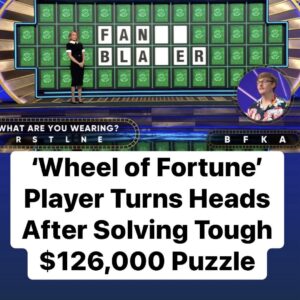Palmistry Explained
Palmistry, or chiromancy, interprets the lines, shapes, and markings on hands to reveal personality traits or predict one’s fortune. Across cultures, people have long believed that specific palm lines can indicate wealth, luck, or other personal characteristics.
Reading Wealth in the Palm
The top half of the image shows a closed palm with a cross near the thumb, labeled “Poor.” According to this belief, such a marking suggests a lack of financial wealth.
In contrast, the bottom half displays a deeper, more distinct cross, labeled “Rich.” In this interpretation, the pattern is linked to financial success or prosperity.
Cultural Significance
Different cultures interpret palm lines in unique ways. Crosses or certain intersections are thought to reflect destiny, including financial potential. The image humorously or symbolically implies that one’s financial status is written in their hand—a notion rooted in folk wisdom.
Skepticism and Modern Views
Although palmistry has deep historical roots, science views it skeptically. Many modern thinkers consider it pseudoscience or entertainment rather than a reliable method for predicting financial futures.





